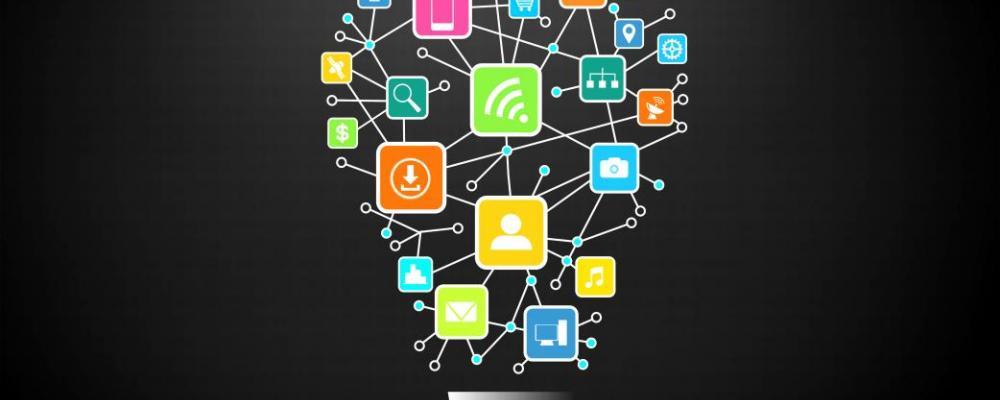
Lighting Up the Internet of Things
At the expense of some minor spoilers for a seven-year-old movie, the post-credit cut scene in Iron Man (2008) showed Tony Stark walking into his dark home and calling for his virtual butler J.A.R.V.I.S. to turn on the lights. Fast-forwarding to 2015, we can now do that, more or less, courtesy of the Internet of Things (IoT).
Here at ICS, we’ve been working with IoT technology for some time now, and it’s been very exciting work. Some of my colleagues have written various blog posts on the topic over the last several months such as the Internet of Things: Easy to Use is Complicated to Design.₁
The notion of smart homes and interconnected devices certainly fits well into my personal goals of seeing how well we can take the technology that we see in the movies and make it part of my daily life. To that end, I decided to take one small domestic problem and see how current commercial tech can handle it. I started with lighting.
There are a few very obvious use cases to controlling lighting. An interesting one is being able to control large groups of separate lights as if they were a single unit. In our User Experience Design (UXD) team room, we have exactly that scenario every day, as we use several floor lamps to provide us with indirect lighting. This comes at the expense of having to turn each one on or off individually, which requires walking up to feet from wall to wall. While we could daisy chain power strips together, the more elegant (and more fun) solution is to use smart lightbulbs, an IoT “hub” and the appropriate service software to make all four lights work as part of a group. Now, with one click of a control from an app on an Android phone, anyone on the team can turn all the lights on or off, or even dim them to some percentage.
Now, this does save time rather than turning on each of the four lights individually, but it does come at the expense of having to pull out a smart phone, disable a screen lock, launch an app and finally press that one button. I’ll do that for several lights, but do I really want to do it for a single light? That brings us to our second use case, the single lightbulb. I don’t want to go through four steps to turn on a single light; I want to flip a switch and be about my business. The previous use case requires communication from my smart phone to an external server and back to the hub via Wi-Fi, and I don’t want an Internet outage to prevent me from turning on my bathroom light. To get this model to function, and still have the ability to remote control the lights if I want, I end up choosing a smart switch instead of a smart bulb. The device becomes a bit more complex, since switches can be wired with multiple switches controlling any given light, be we get more flexibility as a result, which to me is a good design choice.
It’s possible that voice control will also solve the ‘switches versus bulbs’ question; yes, I’m specifically looking at you, Amazon Echo. The issues I see there are space and cost. In a room the size of our team room, a single voice control device and some smart light bulbs will do the trick and the cost isn’t too bad. However, in a multi-room home, your voice control system would need additional satellite microphones, not to mention lots of switches, to control everything from the basement lights to the upstairs bathroom. This may take a bit of time, and a fair bit of discretionary income, for me to properly prototype.
These simple use cases illustrate the user experience challenges we have to overcome before the smart home is here to stay. It may yet be some time before the Internet of Things is a fully integrated part of everyone’s daily lives, but the technology is progressing nicely. All new technologies start out priced for early adopters and then come down in price for the average consumer, and I suspect future IoT devices will be no different. If all goes well, by this time next year I’ll be dimming the lights without getting up off the couch and the fridge will be telling me when we’re out of milk, although I’m still on the fence about wanting robot drones to deliver the milk to me.
Reference:
- ICS website, Internet of Things: Easy to Use is Complicated to Design blog, by Dorothy Shamonsky, last accessed October 19 2015, http://www.ics.com/blog/internet-things-easy-use-complicated-design